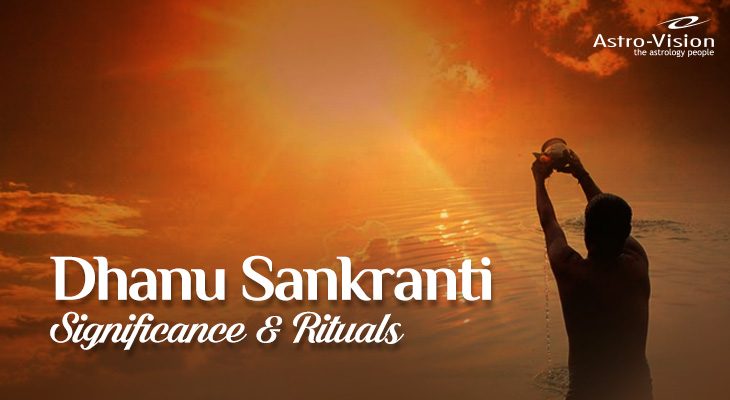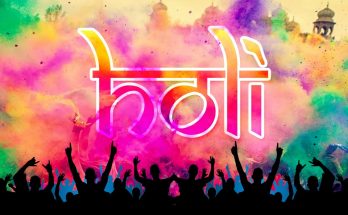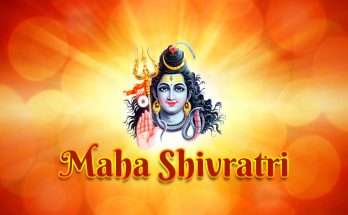Introduction and Significance
Lord of the Planets, the SUN moves in twelve signs of Zodiac within one year. The time of entrance of Sun in every sign is called SURYA SANKRAMAN of that particular Rashi. For e.g. when it enters in Mesh it is called Mesh Sankranti, when it enters in Vrushabh it is called Vrushabh Sankranti and alike. Although all Sankranti or all transits of Sun in various signs have specific significance, Makar Sankranti – when it enters in Makar Rashi and Dhanu Sankranti – when it enters in Dhanu, are said to be very important Astrological events in Hindu Astrology.
Muhurta details for Dhanu Sankranti for Year 2020:
Dhanu Sankranti Muhurta
Date: December 15, 2020
Sankraman: December 15, 2020
Period: 2 Hours
MahaPunya kaal: 3:43 pm to 5:26 pm.
Total time approx. 1 hr. 45 minutes
(There may be a difference of 3 to 5 minutes {plus or minus} for different places.)
Sankranti Moment: 09:48 PM, Dec 15
Sankranti Ghati: 39 (Ratrimana)
Sankranti Karana: Balava
Sankranti Day: Tuesday
Chandra Rashi: Dhanu
Sankranti Nakshatra: Purva Ashadha Purva Ashadha
Dhanu Sankranti, also called Dhanu Sankraman is celebrated with the beginning of Hemant Rutu in India. The festival of Dhanu Yatra starts from the sixth day of Pousha month in Shukla Paksha and continues until Purnima of the Pousha Mas. Along with various parts of India, the festival is particularly celebrated in Orissa, Nepal, Bhutan etc. with different customs and rituals. Generally, since it is associated with movement of Sun, it is celebrated with Surya – Pooja and special puja is also offered to Lord Jagannath on this day and devotees take bath in holy rivers, kundas, or reservoirs. They perform Kirtans and go for pilgrimages. Devotees observe fast on this day for happiness and good fortune. It is believed to wash the sins and karmas of human beings and save them from the nemesis.
Rituals
It’s the last month of Dakshinayan, the day when Bhishma was defeated in Mahabharata. Due to the inauspicious results of Dakhsinayan, he decided not to leave the body in the period and wait till the beginning of Uttarayan. There are few more stories in Hindu mythology, Bhagwat Purana, which states the reasons for following restrictions in Paush or Khar or Mal Mas.
The transit of Sun in Dhanu Rashi is not considered auspicious; and hence all special and auspicious rituals like Marriage, Nomenclature, House Warming, engagements and so on are prohibited in this month when the sun is moving through Dhanu Rashi during Pousha Mas. It is called the Khar Mas, or the Dhanu Mas in Hindu calendar. All these holy and auspicious rituals are allowed with the completion of this transit and as Sun enters the next Rashi, i.e. Makar. This is also the last month of Dakhsinayan in Hindu astrology as the Uttarayan begins with Makar Sankranti every year.
This year Dhanu Sankranti is beginning on the 15th of December and the Muhurtas for worship of Lord Sun are as follows:
Major rituals observed in Dhanu Sankraman kaal are:
- Ardhya (Water) and fresh flowers are offered to Lord Sun in Rivers, Water bodies or sea.
- Offering Daan (Donations), Sankraman Jaap, Pitru Tarpan and other ancestral rituals.
- Satyanarayan Pooja with Panchaamrut, Bananas, Arecanut (Supari), leafs, fruits, Tulsi leaves.etc.
- In Orissa, Bhagwan Jagannath is offered special sweetened delicacies of Bhog made of rice







